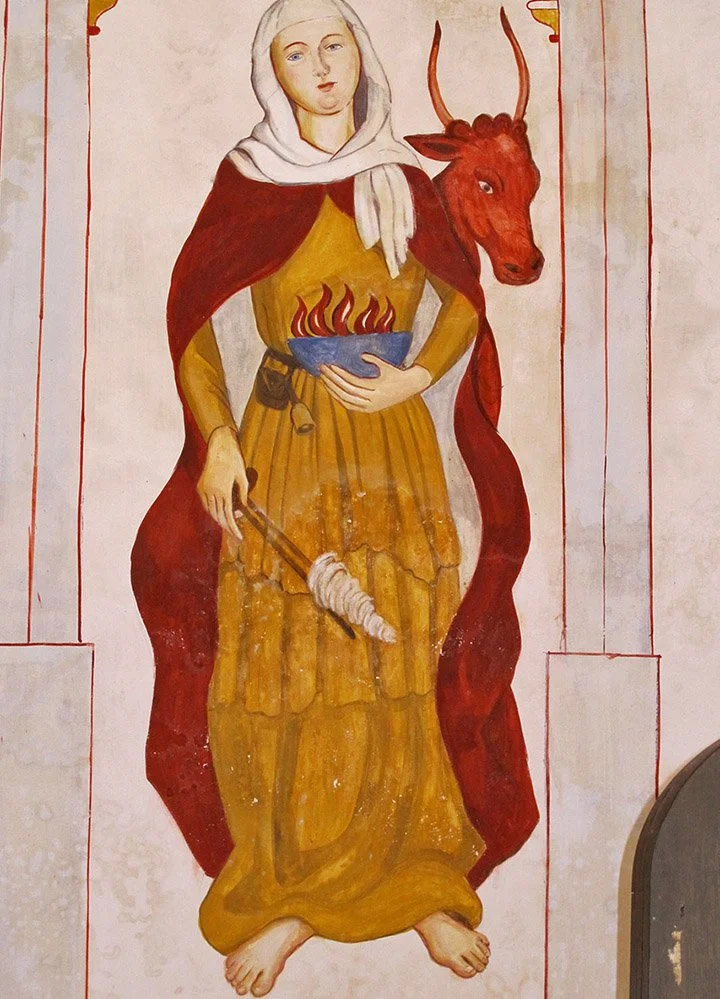Imbolc: An Ode to the Quickening
Imbolc greetings, witches! How are you honoring your creative fires on Brigid’s Day?
If you’re doing it by casting spells and calling circles, we salute you. If you prefer to stay wrapped in winter’s blanket, light a candle, and explore the landscapes of your inner worlds, this is also a spell. Imbolc’s magick is subtle and sleepier than other sabbats like Samhain and Yule.
Yet, because Imbolc sits midway between the Winter Solstice and the Spring Equinox, it marks the unofficial start of Spring for agricultural communities. The skies might be stormy, the earth icy, but Imbolc whispers – we're almost there.
However, Imbolc doesn't suggest we throw caution to the wind and ignore the lessons of winter. Think again. Until our springtime heroine returns and the hare emerges from her den, until the snowdrops give way to the crocus blossoms, the Winter Witch is still in charge. But, like a light at the end of the tunnel, Imbolc is a spark. It’s an awakening. Imbolc is an invitation to follow the flickering candle to a new chapter of our story.
In folklore from Ireland, Scotland, and the British Isles, Imbolc foreshadows the annual battle between the Cailleach (the winter crone) and Brigid (the springtime maiden). The Cailleach is fierce, and she battles young Brigid with storm and spite, but eventually, the old woman grows weak. Just like the previous year and the year before, the spirit of winter forfeits her throne. The Cailleach doesn't wallow or weep but instead, shapeshifts into an owl. She flies to the Green Isle, drinks from the Fountain of Youth, and settles in for some much-needed rest.
With the Cailleach finally gone, Brigid takes hold of the seasonal wheel. She sweeps out the shadowy corners, plants snowdrops at the threshold, and offers a glimpse of what's to come — early spring flowers, heart-shaped ambition, and the warmth we crave.
A painting of Saint Brigid in St. Patrick's Chapel, Glastonbury




